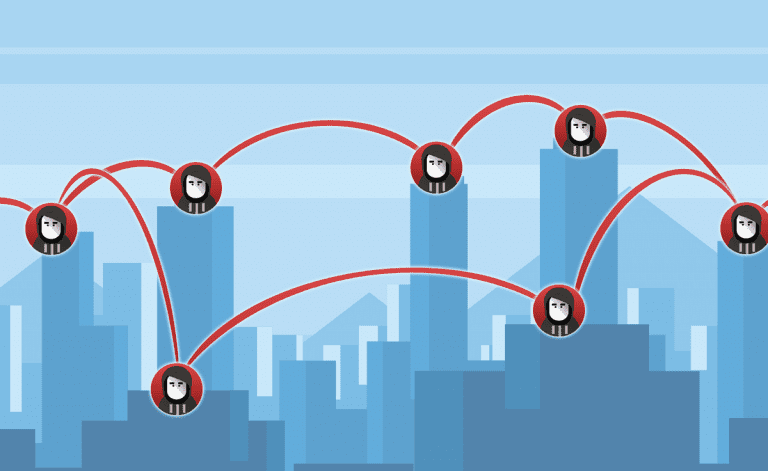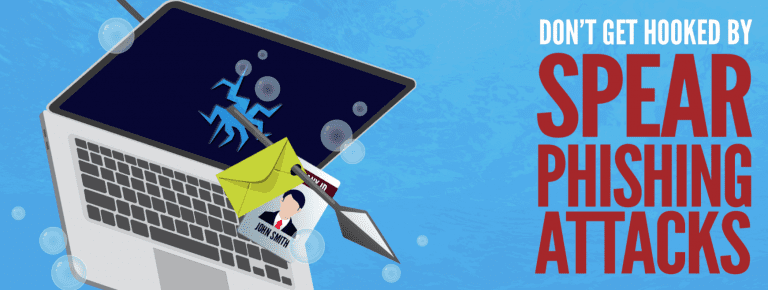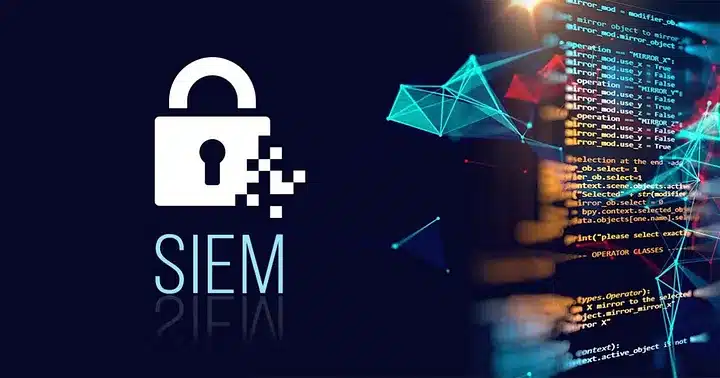So I’m guessing by now you’ve at least heard the term “The Dark Web.” Ooh, it sounds so nefarious, right? Just by uttering the name, you might end up on a government watch list or something. Well, just because it’s somewhat shrouded in mystery, doesn’t mean you shouldn’t be aware of what it’s all about. Even though a lot of what goes on there is relatively harmless, it’s also the place where your personal and business information can be bought and sold.
So with that in mind, what exactly is it?
Like many of these things, it was actually an offshoot of a military project. The dark web was initially developed by the US Navy when they’d concluded the Internet was easily exposed to surveillance. A more widely available implementation of this technology went quasi-mainstream when the Tor Project came about around 2002. Just the same, because of the heavy encryption and decentralized nature, actually using the Dark Web can be a frustrating, maddeningly slow experience. It’s also possibly why it hasn’t achieved widespread adoption, but they’re hardly broadcasting their user acquisition numbers either, am I right?
So in not too many words, the dark web is a bunch of heavily encrypted servers and networks, but what exactly is going on there?
So if you just want to play a game of words with friends or something, you don’t want advertisers targeting you any more than you’d feel like having a tyrannical government being able to keep tabs on you either. Journalists and human rights groups also utilize the dark web to help sources and whistleblowers send information securely.
Now, this is not to say the dark web is all out there for the betterment of mankind. Not to shine too much of a spotlight on sites trading in criminal activity online, there’s the well-documented tale of the Silk Road, one of the largest known takedowns of an illegal online marketplace, along with AlphaBay, Wall Street Market, and Silkkitie/Valhalla Market. These are all shut down permanently, but you can be confident that just as quickly as those go away, there’ll be others to take their place.
Now obviously the anonymous nature of the Dark Web makes it difficult to figure out just what sort of content it contains. Around 2016, a pair of researchers conducted an extensive study and uncovered about 5,200 sites.
-
Roughly half were inactive
- Roughly half were inactive
- The majority of the rest included sites for promoting extremist ideologies, pornography, hacking, and around 17 sites offering hitmen for hire.
I don’t know how many of you are Star Wars fans out there, but if you’ve ever wanted to visit the Cantina at Mos Eisley, the Dark Web couldn’t be a whole lot different. Just like Intergalactic Criminals at a fictional cantina, sites on the Dark Web can also come and go in an attempt to stay ahead of the law enforcement geared to stop them (along with paying customers and unfulfilled orders).
So how exactly does this affect individuals and businesses? If you caught my video on the Colonial Pipeline hack, you’ll remember that the hackers got into that network using credentials found on the Dark Web. One of the best ways to mitigate against this sort of thing is to sign up for a Dark Web monitoring service. They’re really not particularly expensive, with several standard services running less than $1 per user, per month, and are an easy way to help you add an additional layer of security.
Now even knowing all this, some folks are still going to be curious and want to sniff around to see what the Dark Web’s all about. Without going too deep into the nitty-gritty of how you get there, you need the Tor Browser for starters. The sites there are not your run of the mill .com or .net names, but typically use a .onion extension. You can’t go searching for sites there on Google either, but Ahmia is one that does search for hidden sites on the dark web.
-
half were inactive
So if you do manage to make your way on to there, be cautious. It’s not particularly difficult to wander into some questionable territory, so definitely do your research before starting down that path. By no means should you even think to venture out there without a rock-solid antivirus in place?
Well, there you have it, just my quick intro to the den of iniquity known as the dark web. My advice to the faint of heart is to probably stay away. There are far better things you could be doing with your time online.
Now I’m fully aware some enthusiasts there are using Tor for enhanced security and privacy. I am curious as to what others might be doing on the dark web, outside the obvious.



